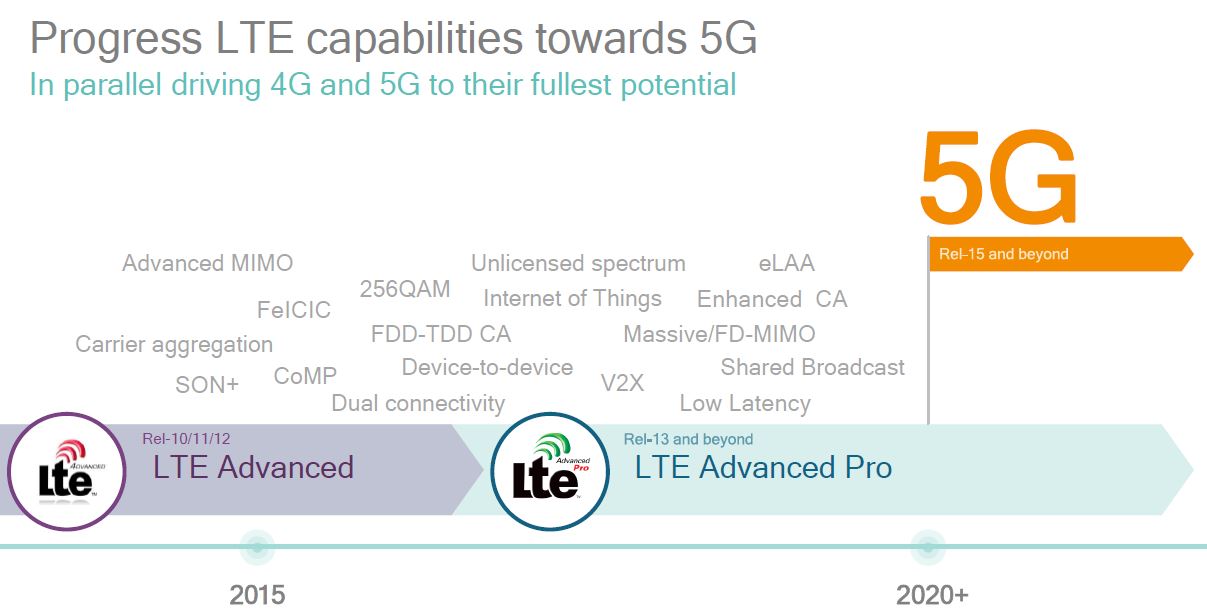LTE-Advanced Pro Demystified – From 4G to 5G Evolution
telcomatraining.com – As the digital world rapidly advances, so does mobile network technology. LTE-Advanced Pro, often described as a “4.5G” technology, plays a crucial role in the transition from 4G to the highly anticipated 5G. But what exactly is LTE-Advanced Pro, and how does it fit into the broader evolution of mobile communications? This article unpacks LTE-Advanced Pro’s key features, benefits, and its role in bridging the gap to 5G.
Understanding LTE-Advanced Pro
LTE-Advanced Pro is an enhanced version of LTE-Advanced technology that significantly improves the performance of 4G networks. Standard LTE (Long-Term Evolution) brought us fast mobile internet, but LTE-Advanced took it further by aggregating multiple carrier frequencies, increasing bandwidth, and enabling higher data speeds. LTE-Advanced Pro builds on these improvements with even more sophisticated features, offering enhanced throughput, reduced latency, and improved energy efficiency.
Key Features of LTE-Advanced Pro
One of the standout features of LTE-Advanced Pro is Carrier Aggregation (CA), which allows the combination of multiple frequency bands to increase the total available bandwidth. This results in faster download and upload speeds, supporting data-intensive applications such as HD video streaming and online gaming.
Another critical technology is Massive MIMO (Multiple Input, Multiple Output), which uses multiple antennas at both the transmitter and receiver ends. Massive MIMO increases network capacity and reliability, making it possible to serve more users simultaneously without degrading performance.
Additionally, LTE-Advanced Pro incorporates License Assisted Access (LAA), enabling networks to utilize unlicensed spectrum bands alongside licensed ones. This expands available bandwidth and improves user experience, particularly in densely populated areas where network congestion is common.
LTE-Advanced Pro as a Stepping Stone to 5G
While LTE-Advanced Pro offers impressive enhancements to 4G networks, its most significant role is as a bridge to 5G. It introduces several 5G-like features such as improved latency, better support for Internet of Things (IoT) devices, and network slicing capabilities that enable customized network services for different user needs.
By upgrading existing infrastructure with LTE-Advanced Pro technologies, carriers can deliver enhanced services without waiting for full 5G deployments. This phased evolution helps reduce costs and accelerates user access to faster, more reliable wireless communication.
Benefits for Consumers and Businesses
For consumers, LTE-Advanced Pro means faster mobile internet, smoother video calls, quicker app downloads, and a more responsive experience overall. This improvement is essential as mobile devices become the primary medium for work, entertainment, and social interactions.
Businesses benefit from LTE-Advanced Pro’s enhanced reliability and capacity, which support advanced applications such as augmented reality (AR), virtual reality (VR), and smart city technologies. The improved IoT support also enables smarter logistics, efficient energy management, and real-time data analytics.
Challenges and Future Outlook
Despite its advantages, LTE-Advanced Pro is not without challenges. Network operators must invest in upgrading existing equipment and manage the complexity of combining multiple technologies. Additionally, as 5G networks roll out worldwide, LTE-Advanced Pro will gradually be complemented and eventually replaced by true 5G standards.
However, LTE-Advanced Pro remains vital for ensuring a smooth transition to 5G, particularly in regions where 5G infrastructure is still developing. It offers a practical solution for maintaining competitive network performance and user satisfaction during this period of technological change.
Conclusion
LTE-Advanced Pro is more than just an incremental upgrade; it’s a fundamental step in the evolution from 4G to 5G. By enhancing speed, capacity, and connectivity, it bridges today’s mobile experience with the future promise of 5G technology. Whether you are a casual user or a business professional, understanding LTE-Advanced Pro provides valuable insight into how our connected world is rapidly advancing.







